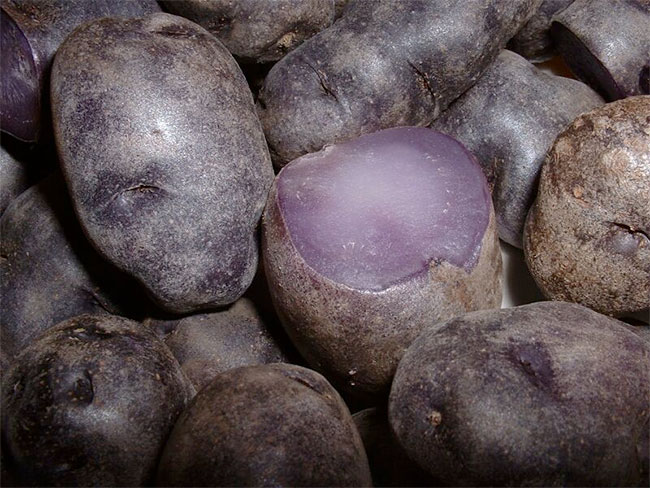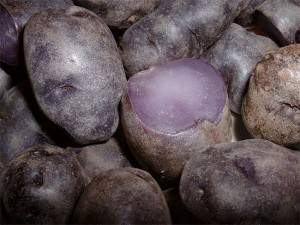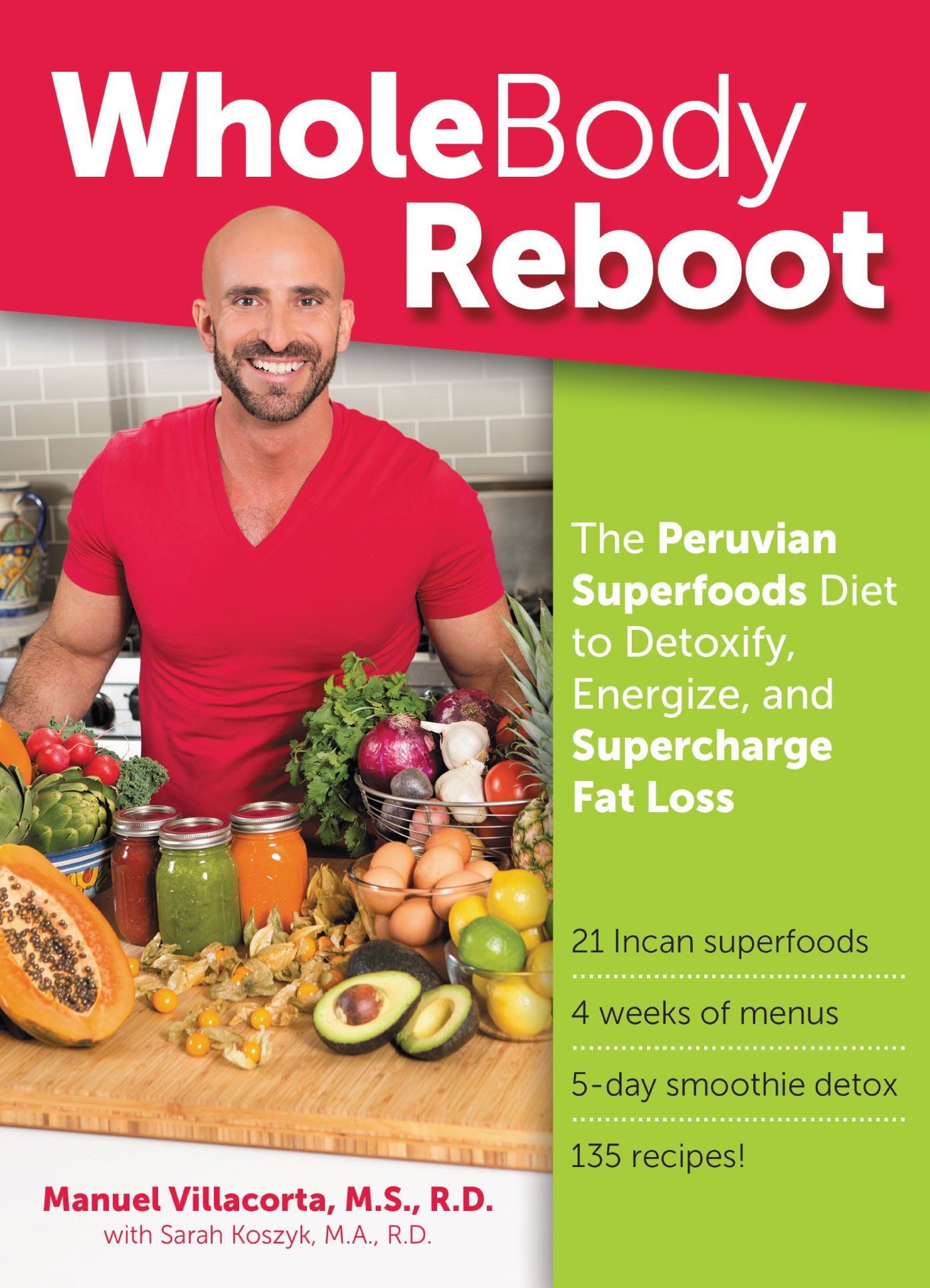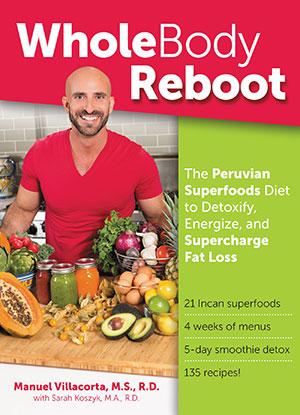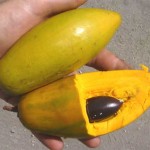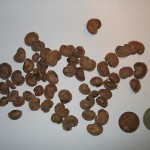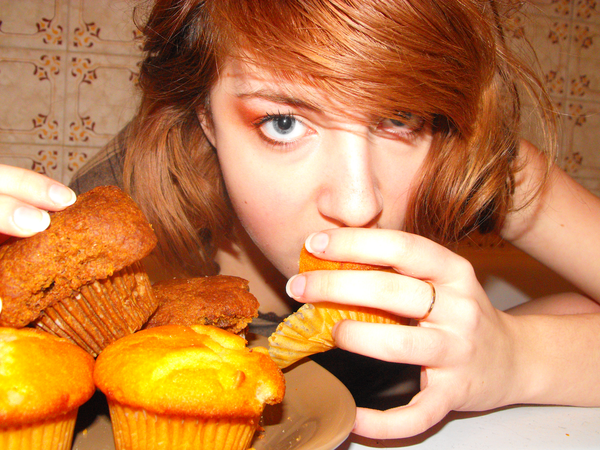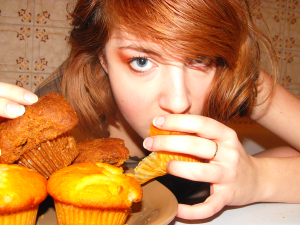
This hidden “miracle” is called an antioxidant. They have graced the pages of magazines, medical journals and every product from hand cream to supplement pills. But what are antioxidants and what can they do to keep you looking your best?
Antioxidants are substances that fight the aging process that goes on in your body. They are not produced by the body, so to get the benefit of these power-packed substances you must consume them. A variety of foods contain antioxidants.
But before I give you some examples, let’s go back to the beginning. The body continually replenishes its cells. Through a process called cellular metabolism, the body produces energy, more cells and repairs any damage. One by-product of cellular metabolism is unstable molecules called free radicals.
Free radicals are molecules that damage your body. They are unstable because they are missing an electron. To get another one and become stable, free radicals steal electrons from your cells. That theft damages the cells in a variety of ways.
The results are visible and invisible changes to our bodies. The development of diseases like cancer, diabetes, arthritis and neurological deficiencies may begin to affect you as you age. Also, thinner skin, wrinkles and brittle bones are a problem. Free radicals enter our body from outside sources as well: cigarette smoke, radiation and the sun’s UV rays. The more free radicals we encounter, the greater the damage that can be done.
Antioxidants have been shown to be of great help fighting the free radical problem. Antioxidant substances combine with free radicals and neutralize them. Once they are neutralized, they can no longer do any damage. Scientists don’t have any idea of what a recommended daily dose of antioxidants should be to correct free radical damage and the diseases that come with age, but they do know that eating foods rich in antioxidants makes a huge difference in how we live.
Where do you find antioxidants? They are all around us. Look no further than your local farmer’s market or produce aisle in the grocery store. Fruits and vegetables contain the principle sources of antioxidants.
Examples of antioxidants include:
- Vitamin C
- Vitamin A
- Vitamin E
- Lutein
- Lycopene
- Beta-carotene
Certain minerals like zinc and selenium also function in the body. They are not antioxidants but they boost the immune system to fight against free radical damage.
Antioxidants are also found in nuts, legumes, cold water fish, seafood and red meat. So, eating a varied diet of fruits, vegetables and the foods just named will increase the amount of antioxidants in your system and help reduce the incidence of disease. Eating fruits and vegetables in their natural form instead of juices brings the benefit of other nutrients found in the foods. Juices also contain a lot of sugar that is not needed by your body.
Food does more than stave off hunger. Natural substances found within them can help us to live longer and stay free of disease as we age.
Best Sources of Antioxidants
- Vitamin C:
Guava, sweet red pepper, kiwi, orange, green bell pepper, grapefruit, strawberry, Brussels sprouts and cantaloupe. - Vitamin A:
Sweet potato, carrots, spinach, kale, butternut squash, romaine lettuce, dried apricots, cantaloupe, sweet red pepper, Bluefin tuna and mango. - Vitamin E:
Mustard green, Swiss chard, spinach, kale, almonds, papaya, kiwi, red bell peppers, broccoli and olive oil - Lutein:
Carrots, kale, broccoli, Brussels sprouts and pistachios - Lycopene:
Guava, watermelon, tomato, papaya, grapefruit, sweet red peppers, asparagus, purple cabbage, mango and carrots - Beta-carotene:
Sweet potato, carrots, spinach, romaine lettuce, butternut squash, cantaloupe, sweet red pepper, dried apricots, peas and broccoli
[divider]
[one_third]  [/one_third]
[/one_third]
[two_third_last]
Take Charge of Your Health!
Changing your eating habits can be tough. But it doesn’t have to be if you take a little time to think it out and create a plan.
This Healthy Eating Worksheet will walk you through the process of creating a healthy eating plan. All you need to do is print it out, set aside some time to complete it, and then fill it out. Then you can create your plan, knowing that you have addressed potential obstacles and came up with some creative ways to handle them.





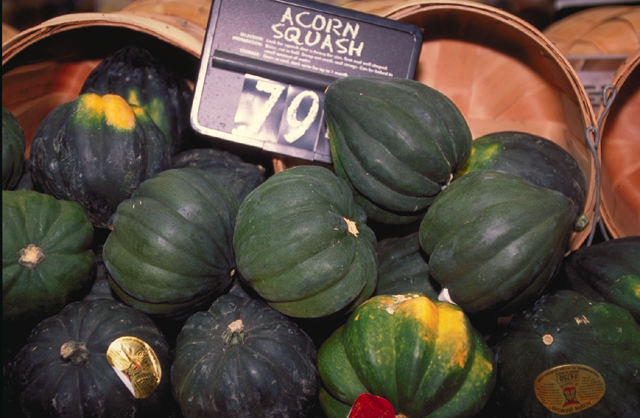
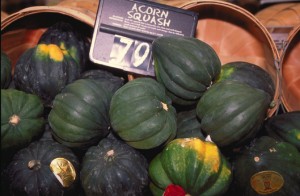

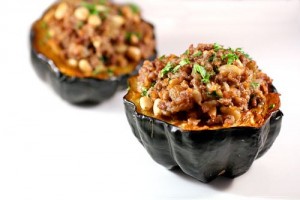
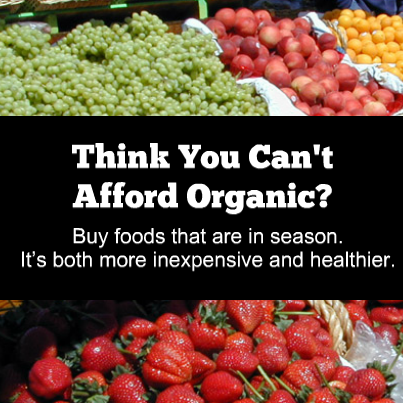
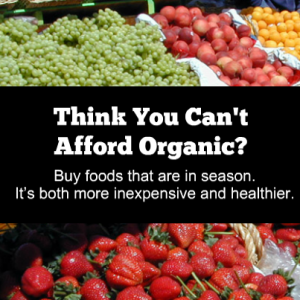 Sometimes living organically is just a matter of changing your perspective … or your buying habits. By changing when you buy certain foods (what season) or where you buy them (at a farmer’s market instead of the big-chain grocery store), and you may find that you are not only eating more healthy and nutritious food, but your are saving money on your grocery bill, as well!
Sometimes living organically is just a matter of changing your perspective … or your buying habits. By changing when you buy certain foods (what season) or where you buy them (at a farmer’s market instead of the big-chain grocery store), and you may find that you are not only eating more healthy and nutritious food, but your are saving money on your grocery bill, as well!
